
Zhu said the company has grown more than 20 percent in recent years and has hundreds of bags to sell.
But secondhand designer goods do not always come cheap. A Dior bag, which seemed brand new at the store, sold for close to $4,000, about 20 percent of the retail price. Items that are limited editions or hard-to-find products sometimes sell at higher prices.
"People are changing their perception about used luxury goods," she said. "As Chinese customers who used to think that they were too rich to buy pre-owned luxuries are traveling more and are being exposed to overseas trends, they become more accepting of secondhand stores."
Lucy Liu, 32, who shops frequently at Milan Fashion, said she likes the concept of buying used luxury goods.
"One woman's trash is another woman's treasure," said Liu, who checked out a beige Chanel bag and hung it on her shoulder. "Women get bored easily with the new discretionary items that they bought, but it is a waste if they throw them away and buy new ones."
Tony Chan, Milan Station's chief promotion officer, said many of his most recent handbags are trendy and are from women who got bored with their new "toys".
"This is how we receive the most innovative programs," he said, adding that many women get bored even before the bag is displayed on the shelf.
Cecilia Zhang, an English translator who regularly shops at Milan Station, said she does not care whether a bag is used. She mostly cares about its condition and how the current price compares to its original price.
"Secondhand goods don't necessarily equal lower quality and someone's cast-off," she said. "We all grew up wearing our big sister's or brother's worn clothes, so if you think that way, the whole concept of buying secondhand goods is kind of green."
 |  |
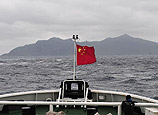
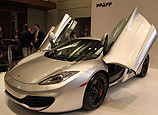


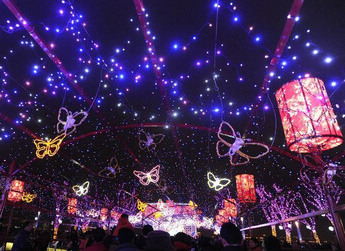
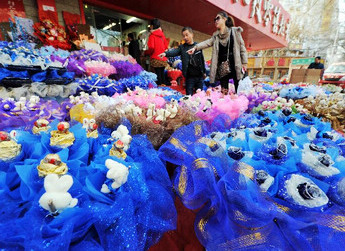


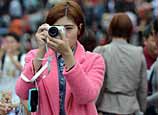







 The new generation of 'best paid' jobs
The new generation of 'best paid' jobs


![]()
